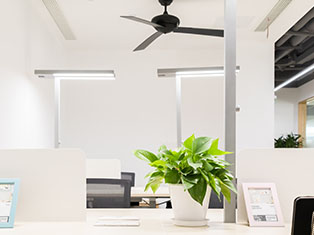
2018-06-08
Standard Huai Composite Heat Sink Specifications: There are currently a variety of specifications such as 1515/2020/3030/4040/4545/5050/5555/6060/7070/8585 Customized composite heat sink Specifications: Absolute heat sink with customer design

2018-06-08
With the rapid development of the electronics industry, the market desperately desires new products that can replace or remedy the above unfavorable factors. For this reason, after a long period of trial and error, we have developed a new model that can simultaneously address the issues of heat dissipation and electromagnetic wave interference. Composite radiators to meet the wide range of market demands.

2018-06-08
Dongguan Standard Composites Co.,Ltd website officially launched.

2018-06-08
SDC Composites Heat Sink is divided into three series D series main feature: Non-metallic, light weight, corrosion resistant, recyclable, green; Chemical stability, high temperature resistance, high strength, non-broken, easy to store and transport; Easy mass production, high product design freedom; Non-conductive, it can avoid EMI radiation and antenna interference, and it can replace ceramic heat sink. The Specific application areas: Netcom: AP, Router, ADSL, Modern, S/W, STB Household Appliances: Smart TVs Information Equipment: M/B, NB, Video, Card, IPC, Projector The A series main feature: Non-metallic, light weight, corrosion resistant, green; Chemical stability, high temperature resistance, high strength, non-broken, easy to store and transport; Easy mass production, high product design freedom; can be designed and shielded and heat sink integrated heat sink; Non-...

2018-06-08
The first solution is to use metal heatsinks when electronic components are overheated due to overheating of electronic components. Electromagnetic shielding and wave-absorbing materials are used when electronic products are exposed to electromagnetic interference (EMI) that disrupts signal integrity. Came into being. However, these products have their own limitations, and are always subject to factors such as area size, thermal resistance, cost, and even environmental protection, resulting in less satisfactory final results.